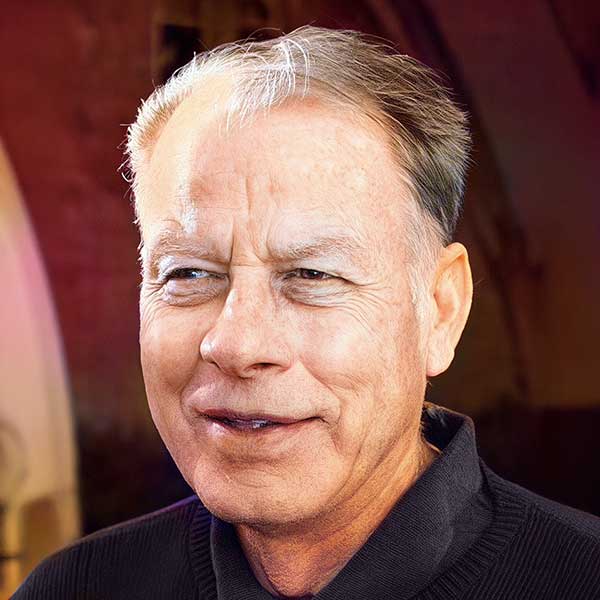Cautious Optimism for Disruptive Ideas
Dr. Miles remains cautiously optimistic about LENR’s future, aware that its potential to disrupt existing energy paradigms could generate both scientific and political obstacles. “If LENR can become commercially viable, the fossil fuel industry… will be upset that we’re taking their share,” he reflects, acknowledging the economic forces that may resist LENR development. Nonetheless, he sees promise in international efforts, particularly in Japan and Europe, where LENR projects actively explore commercial applications.
Despite his hope, Miles echoes the concerns of his mentor, Martin Fleischmann, regarding LENR’s possible misuse. Fleischmann had worried about cold fusion’s weaponization potential, warning that a “cubic centimeter of palladium loaded with deuterium could produce an explosion equivalent to 31 tons of TNT.” Miles shares this concern, noting that the technology’s potential energy density could indeed be dangerous if misapplied. For this reason, he believes LENR research must remain responsibly managed, ideally within institutions that prioritize safe and peaceful applications.
As the field of LENR gradually gains traction, Dr. Miles hopes for a new generation of researchers who, unhindered by past biases, may approach LENR with open minds. "Maybe the younger generation will look at this differently," he says, hopeful that with renewed interest and adequate funding, LENR could reach its potential as a clean energy source. Miles highlights Poland’s progress in screening electrons to minimize electrostatic barriers in fusion processes, a promising avenue in cold fusion research.
Yet, he insists that much more could be achieved if the field received a fraction of the funding directed toward hot fusion. “Just give us 10% of what the hot fusion program is getting,” he urges, envisioning how even modest funding increases could propel LENR forward.
Melvin Miles’ legacy in LENR is a testament to both scientific courage and resilience. Over a career that spanned numerous discoveries and obstacles, he has contributed significantly to a field that still grapples with mainstream acceptance. His meticulous, methodical, and honest experimentation continues to inspire those seeking a future in clean nuclear energy. Reflecting on his journey, Dr. Miles emphasizes a simple but profound goal: good science should be known, appreciated, and implemented.
Dr. Miles has become a pillar of the field through his relentless dedication, integrity, and high-quality work,. His work has laid a foundation that may one day support practical, safe, and widely available LENR applications. Scientific progress often demands resilience, Dr. Miles reminds us, and the pursuit of honest science is always worthwhile.
